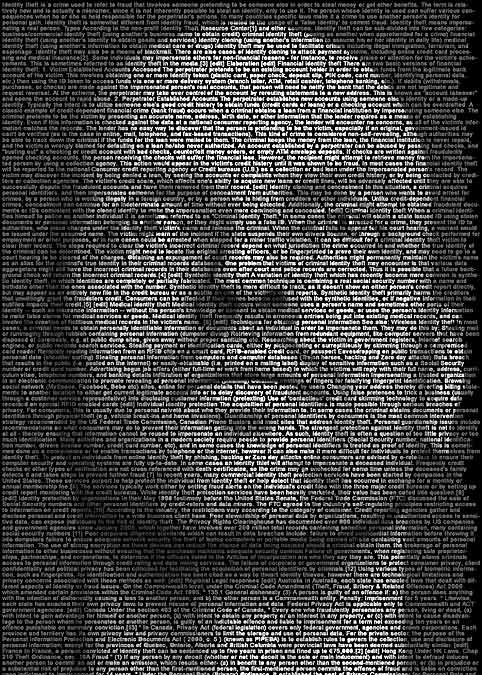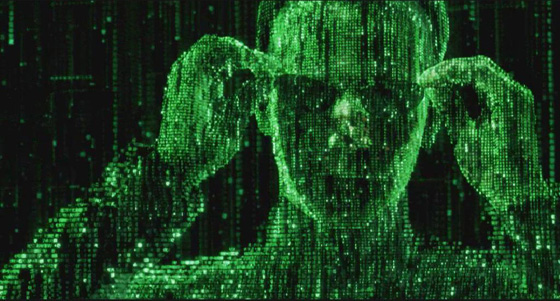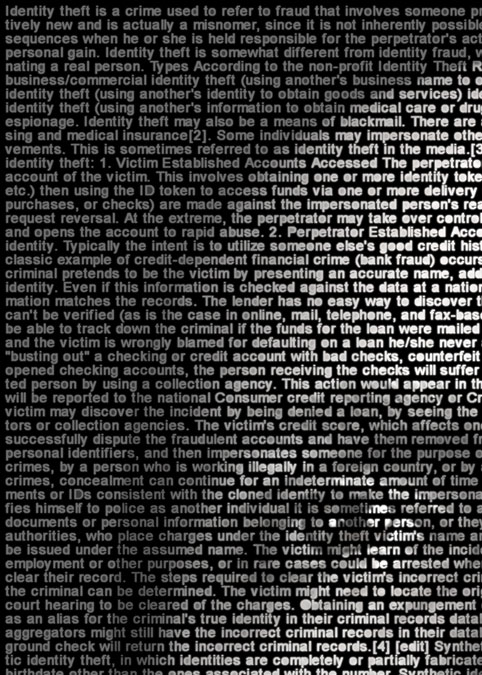After deciding to look at doing portrait photography I took advantage of the opportunity to go to the Steve McCurry exhibition at a local gallery, the Waterhall. His exhibition, titled 'Retrospective', features around 80 pieces of his work throughout his career.
"His coverage of the Russian invasion of Afghanistan in the 1980’s, when he crossed the border disguised as a local with rolls of film sown into his clothes, won him the Robert Capa Gold Medal for Best Photographic Reporting from Abroad Showing Courage and Enterprise. He has also won numerous awards including the National Press Photographers' Association award, Magazine Photographer of the Year and an unprecedented four first prizes in the World Press Photo contest."
BMAG, (2010), 'Last chance to see 'Steve McCurry - Retrospective' exhibition!' available at http://www.bmag.org.uk/news?id=124 (accessed 08/11/10)
 |
| McCurry, S (1984) Afgan Girl [photograph] Retrospective. |
A lot of his work has been portrait photography so it was a great chance to see influential pieces from a world renown photography. The above picture, Afgan Girl, is his most famous and led him to the achievement of many awards after it was first featured on the front cover of National Geographic magazine in 1985 (Newman, 2002).
I found the exhibit very motivational and moving. The breadth of work on display shows how a photographer can master photography, most importantly portrait in the case of my project. It's quite inspiring to see the quality in these large reproductions considering how long ago the original photographs were taken. With closer inspection of the pieces it is also interesting to consider that most of them are all captured on film cameras and not digital. I left admiring the work of this exhibition and set me off in motion to try and find a specific area of portrait photography to work in.
Reference List
Newman,C (2002) A life revealed. Available at http://ngm.nationalgeographic.com/2002/04/afghan-girl/index-text (Accessed 08/11/2010)








